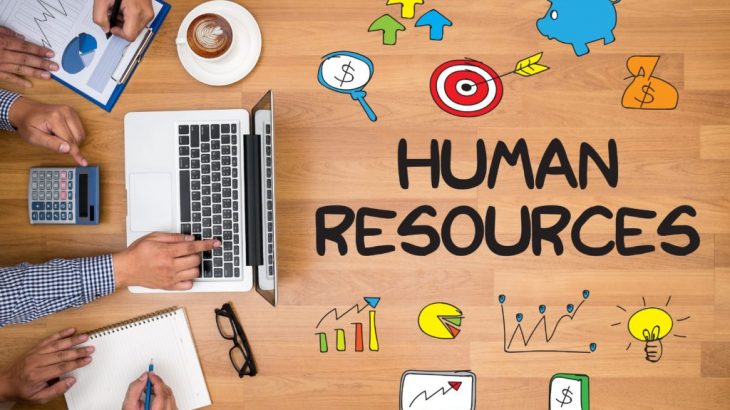One of the most significant and evolving challenges for human resources (HR) professionals today is managing an aging workforce. As people live longer and financial uncertainties persist, many employees are choosing—or needing—to extend their careers beyond traditional retirement age. While this demographic shift presents unique challenges, it also opens doors to valuable opportunities for organizations that adapt effectively.
Succession Planning
As employees approach retirement, HR teams must proactively plan for succession to ensure organizational continuity. Losing seasoned employees can mean losing years of expertise, client relationships, and institutional knowledge.
To address this, HR departments can:
- Develop succession plans that identify and prepare internal candidates for key roles.
- Encourage phased retirements, allowing older employees to reduce hours gradually while mentoring successors.
- Redefine job descriptions to align responsibilities with evolving team structures and skill gaps.
Retaining experienced employees, even in part-time or advisory roles, can help bridge the knowledge gap and maintain operational stability.
Health and Safety
As employees age, health-related challenges can become more frequent, leading to increased medical costs and potential absences. HR professionals must anticipate and manage these factors through strategic planning.
Key initiatives include:
- Budgeting for higher healthcare expenses and adjusting benefits accordingly.
- Implementing comprehensive wellness programs focused on preventive care, fitness, and mental well-being.
- Reviewing workplace safety policies to ensure they accommodate the physical needs of an older workforce—such as ergonomic workspaces, better lighting, and accessible facilities.
Proactive wellness and safety programs not only improve quality of life but also enhance productivity and reduce absenteeism.
Team Development
Older employees bring a wealth of experience that can be instrumental in developing younger talent. HR can play a crucial role in creating structured programs that encourage collaboration and learning across generations.
Effective approaches include:
- Formal mentoring programs that connect senior employees with younger staff.
- Job-sharing and cross-training initiatives that allow knowledge exchange and strengthen teamwork.
- Workshops or storytelling sessions where senior employees share insights, case studies, and lessons learned.
These strategies not only enhance employee engagement but also ensure that critical business knowledge remains within the organization.
Age Discrimination
With the aging workforce, HR professionals must remain vigilant about age discrimination—both intentional and unintentional. Employment laws such as the Age Discrimination in Employment Act (ADEA) and the Employee Retirement Income Security Act (ERISA) safeguard older employees’ rights.
To maintain compliance and fairness:
- Apply policies and job changes uniformly across all age groups.
- Train managers to recognize and prevent bias in hiring, promotions, and performance evaluations.
- Encourage an inclusive culture that values contributions from all employees, regardless of age.
Ignoring these legal and ethical responsibilities can result in costly litigation and reputational harm.
Embracing Opportunity in a Multi-Generational Workforce
An aging workforce is not a liability—it’s an opportunity to build a stronger, more diverse organization. Experienced employees bring reliability, institutional memory, and mentorship capabilities that complement the innovation and energy of younger workers.
HR professionals who view aging as a strategic asset rather than a challenge can transform their organizations into inclusive, resilient, and high-performing workplaces.
Final Thoughts
The aging of the workforce is reshaping how HR operates. From revising benefits and safety programs to fostering mentorship and preventing discrimination, effective HR management ensures that all employees—regardless of age—feel valued and supported. By embracing flexibility and inclusivity, organizations can turn demographic change into a competitive advantage.








